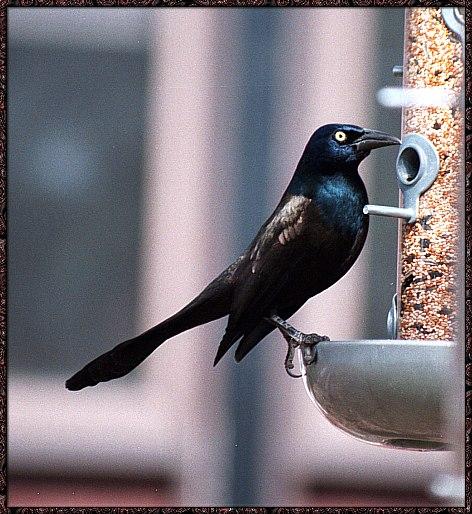|
| 질의: birds of america | 결과: 433번째/1888 | |
March birds ) Common Grackle - Quiscalus quiscula
| 제목: | March birds ) Common Grackle - Quiscalus quiscula
| | 올린이: | Mark Cassino (cassino@net-link.net)
| |

| 파일크기 : 62844 bytes
File date : 1998:12:15 09:00:00
해상도: 472x514
Jpeg process : Baseline
Posted 촬영일: Mon, 14 Dec 1998 21:58:23 -0500 |
|

